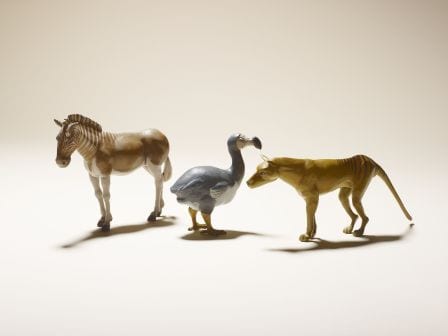Model Translations: The B roll
By Mark Carnall, on 12 December 2012
My colleague Nick Booth has already introduced the Octagon Gallery that hopefully a lot of UCL staff and students have noticed on their way from one side of campus to another. In addition to the ‘big egg’ a number of objects from the Grant Museum can be seen on display (including another big egg, a model of an elephant bird egg) but as with most exhibitions there were a lot of objects that for one reason or another didn’t make the cut.
A number of months ago one of the Mellon Fellow curators of the Model Translation exhibition, Antony Hudek, came by the museum and asked if we would loan one of our Blaschka glass models to the exhibition. I mustered my best impression of a dodgy second-hand car salesman and informed him that if it was models he wanted, we’ve got hundreds. We then spent the rest of the afternoon going through the model collections at the Grant Museum. Originally there were 30 or so objects on the long list which had to be whittled down for the exhibition. Here’s some of the objects that didn’t end up in the exhibition.
Coincidentally, alongside the planning for the first Octagon gallery exhibition, we’ve been thinking a lot about our model collections. Our collection of Blaschka glass models remain a favourite with visitors, I’d written about some of my favourite models in the collection, models made up some of the objects we focused on in IT CAME FROM THE STORES, we’d recently loaned one of our fish models to the Bone exhibition at the Florence Nightingale Museum and we’d been engaged in discussion with our visitors about how we display models, casts and replicas.
Sadly there were just too many models to go on display in the Octagon hence this DVD special features post.
Our models made by model maker Tom Payne showing what our quagga, thylacine and dodo may have looked like and highlighting how we don’t have to always dip back in time to find models being used in museums.
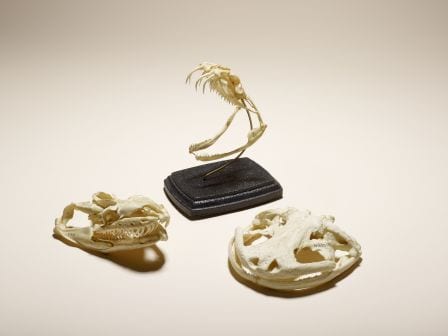
Some of our high quality replicas we use in teaching for specimens it is no longer ethical, practical or legal to acquire.
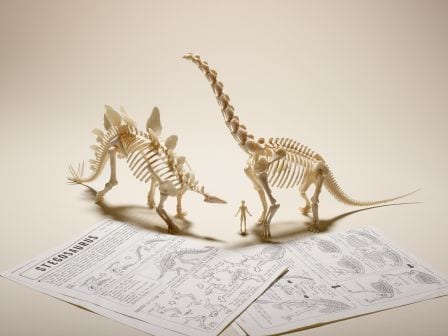
Two of our Battat models with their instruction booklets. What may appear to be ephemeral today may end up being important as objects in their own right in the future. On that note I see that the natural history museum has changed their dinomania displays of dinosaur toys from a wonderful cross section of dinophemera to the stuff they sell in the gift shop. I will miss the Zoids.
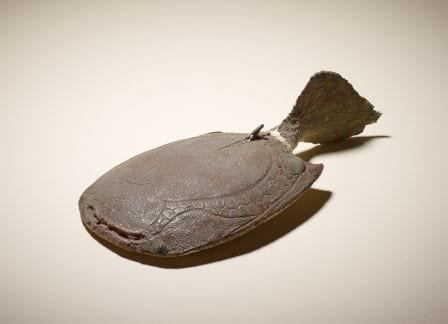
We all know how underwhelming fossil fish can be right? Models like this can bring them to life as well as demonstrate convergent evolution between extinct fish forms and thin, flat, round cakes prepared from a batter and cooked on a hot griddle or frying pan. Best served with lemon juice and sugar.
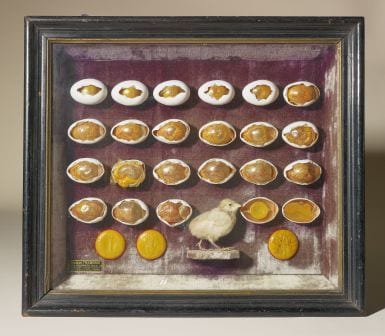
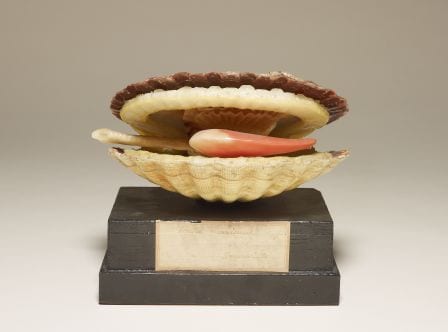
This lovely set of egg models (there seems to have been an egg theme. Perhaps the next exhibition in the Octagon should be THE EGG) and wax bivalve comes from the Tramond studio in Paris and comes from an interesting period in the history of science. The Tramond studio created embryological models like this as well as beautiful wax models for medicine for demonstration and diagnosis.
So there we have it. Objects from the cutting room floor although we never actually put our objects on the floor. That was just a metaphor. To see the objects that made it into the exhibition including ones that aren’t eggs make sure you visit the Octagon Gallery space between now and Spring.
 Close
Close


